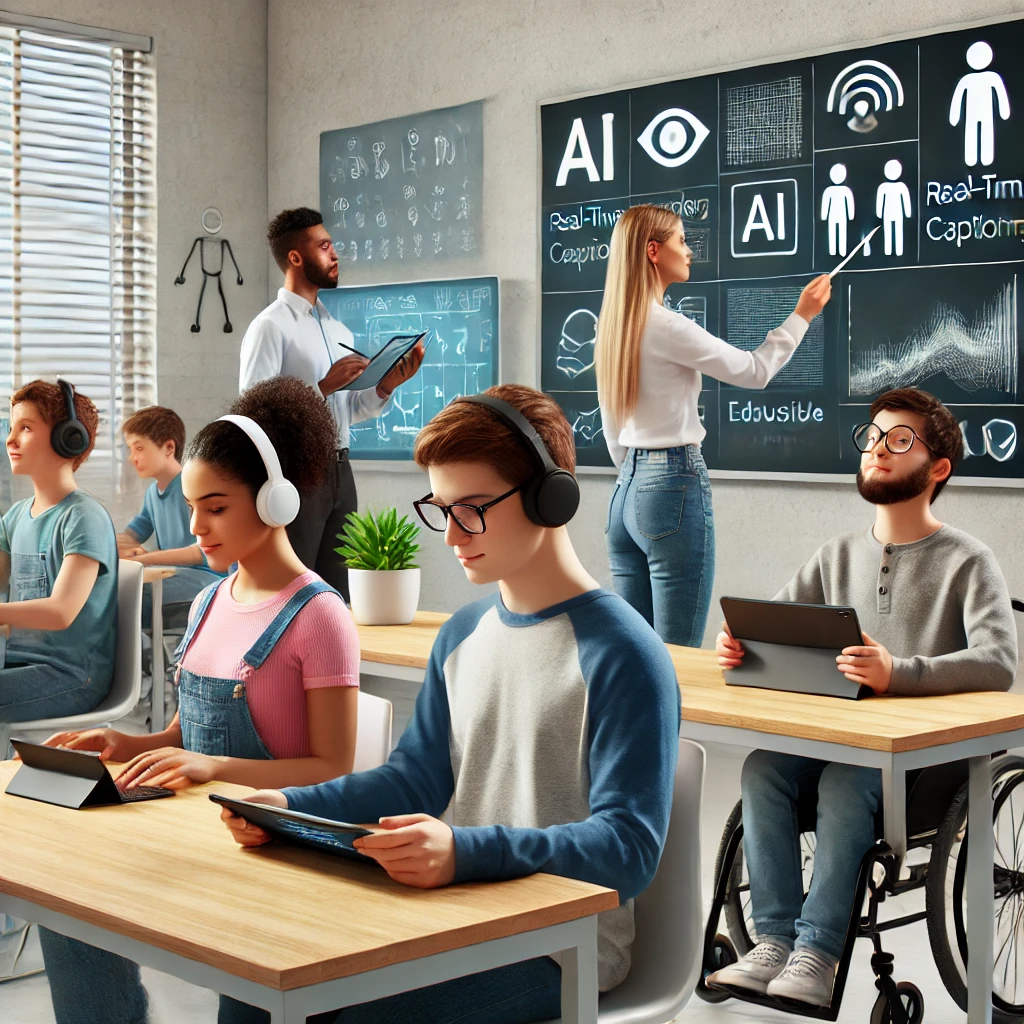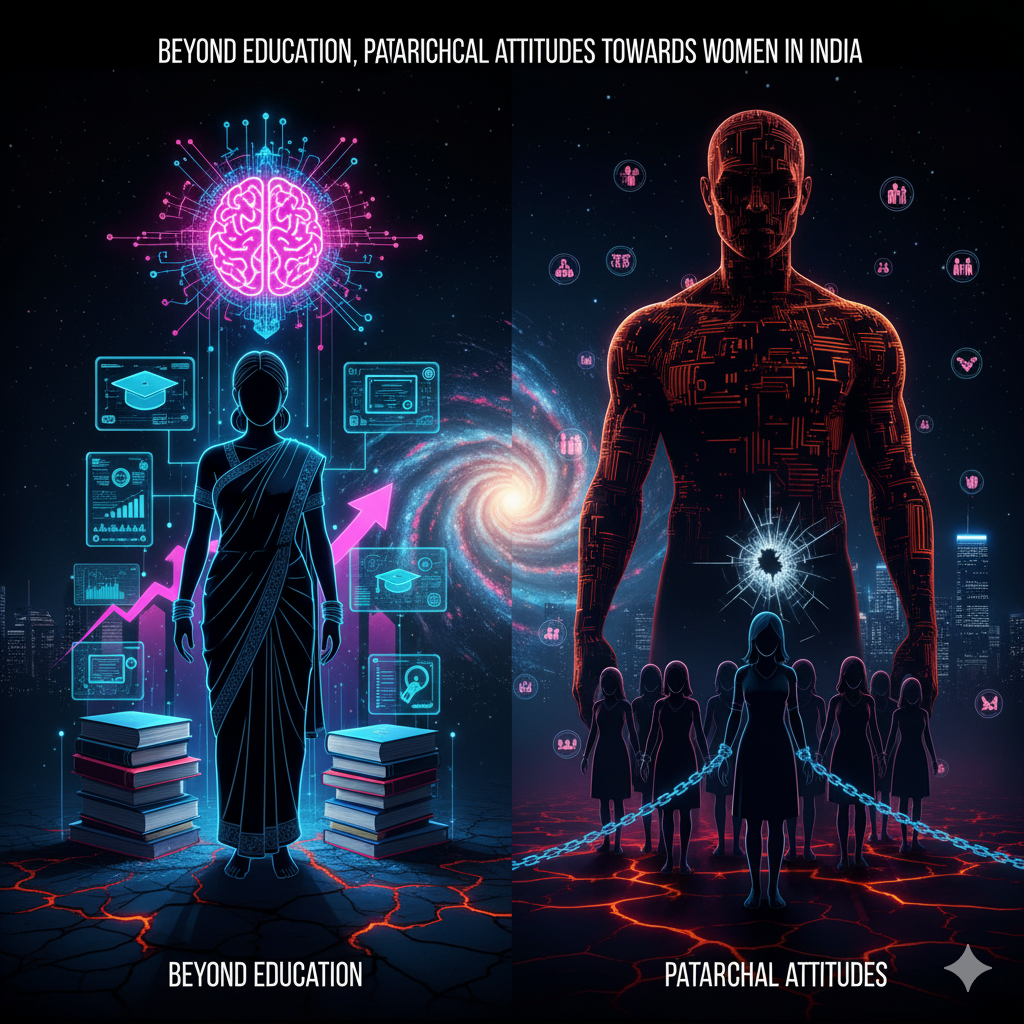Introduction
Inclusive education aims to provide equal learning opportunities to all students, regardless of their abilities, disabilities, or socioeconomic backgrounds. It ensures that every learner has access to quality education and resources tailored to their individual needs. Technology has emerged as a powerful tool in fostering inclusive education by breaking down barriers, enhancing accessibility, and promoting personalized learning. This article explores the transformative role of technology in inclusive education, its benefits, challenges, and future prospects.
The Concept of Inclusive Education
Inclusive education is built on the principle that every child, regardless of their physical, intellectual, social, emotional, linguistic, or other conditions, should be given the opportunity to learn in a supportive environment. It goes beyond physical integration by ensuring meaningful participation and academic success for all learners.
Technology plays a crucial role in making education more inclusive by offering adaptive and assistive tools that help students with disabilities, language barriers, and learning differences. These technologies create a more equitable learning environment where every student can thrive at their own pace.
How Technology Enhances Inclusive Education
1. Assistive Technologies for Students with Disabilities
Technology has introduced various assistive tools that support students with disabilities, enabling them to engage with educational content effectively. Some examples include:
- Screen Readers: Tools like JAWS (Job Access With Speech) and NVDA (NonVisual Desktop Access) help visually impaired students by converting text into speech.
- Speech-to-Text Software: Applications like Dragon NaturallySpeaking assist students with motor disabilities or dyslexia by converting spoken words into written text.
- Augmentative and Alternative Communication (AAC) Devices: These tools help non-verbal students communicate using symbols, text, or synthesized speech.
- Hearing Aids and Real-Time Captioning: For students with hearing impairments, technologies such as closed captioning and hearing loop systems facilitate better understanding of lessons.
2. Personalized Learning and Adaptive Technologies
Every student learns differently, and technology helps in customizing learning experiences according to individual needs. Adaptive learning platforms use artificial intelligence (AI) to analyze students’ progress and provide personalized learning paths. Examples include:
- Khan Academy and Coursera: These platforms adjust content based on a student’s pace and understanding.
- AI-Powered Tutoring Systems: Tools like Carnegie Learning provide interactive, personalized feedback.
- Gamification: Apps such as Duolingo make learning more engaging for students with different abilities.
3. Digital Accessibility and E-Learning Platforms
Technology has made education more accessible by offering online courses, digital libraries, and virtual classrooms. Some key advancements include:
- Open Educational Resources (OERs): Free digital materials that can be accessed globally.
- E-Books and Audiobooks: Beneficial for students with dyslexia or visual impairments.
- Cloud-Based Learning Management Systems (LMS): Platforms like Google Classroom and Moodle facilitate remote learning and collaboration.
4. Enhancing Communication and Collaboration
Technology bridges communication gaps among students, teachers, and parents through:
- Video Conferencing Tools: Zoom, Microsoft Teams, and Google Meet allow students with mobility impairments to attend classes from home.
- Collaboration Platforms: Tools like Padlet, Slack, and Trello help students work together on projects in an organized manner.
- Parent-Teacher Communication Apps: Platforms like ClassDojo help parents stay informed about their child’s progress.
5. Promoting Inclusive Curriculum and Multilingual Education
Many students face challenges due to language barriers. Technology provides multilingual support through:
- Translation and Interpretation Software: Google Translate helps students understand content in their native language.
- Bilingual Learning Apps: Apps like Mondly and Rosetta Stone assist students in learning new languages.
- Text-to-Speech (TTS) Tools: These enable students to listen to content in different languages, aiding comprehension.
Challenges of Implementing Technology in Inclusive Education
While technology has great potential, several challenges need to be addressed:
- Digital Divide: Not all students have access to devices or high-speed internet, creating disparities in learning opportunities.
- High Costs of Assistive Technologies: Many specialized tools are expensive, limiting accessibility for underprivileged students.
- Teacher Training and Digital Literacy: Educators need training to effectively integrate technology into inclusive education.
- Security and Privacy Issues: Online learning platforms must ensure data protection and prevent cyber threats.
- Reliance on Technology: Overdependence on digital tools may reduce traditional skill development and interpersonal interactions.

Future Prospects of Technology in Inclusive Education
The future of inclusive education lies in the continuous evolution of technology. Some emerging trends include:
- Artificial Intelligence and Machine Learning: AI-driven analytics will help educators design more customized learning experiences.
- Virtual Reality (VR) and Augmented Reality (AR): These immersive technologies can enhance experiential learning, especially for students with disabilities.
- Blockchain for Credentialing: Secure digital certificates will ensure transparent and verifiable academic records.
- 5G Connectivity: Faster internet speeds will bridge the digital divide and enhance remote learning capabilities.
- Voice and Gesture-Based Controls: These will make digital interactions more accessible for students with mobility impairments.
Conclusion
Technology has transformed inclusive education by offering innovative tools that cater to diverse learning needs. From assistive technologies to adaptive learning platforms, digital accessibility, and AI-driven solutions, technology is breaking barriers and fostering an equitable educational environment. However, challenges such as the digital divide, high costs, and the need for teacher training must be addressed to ensure that technology truly benefits all learners. By embracing technological advancements and prioritizing accessibility, we can create an inclusive education system that empowers every student to reach their full potential.




